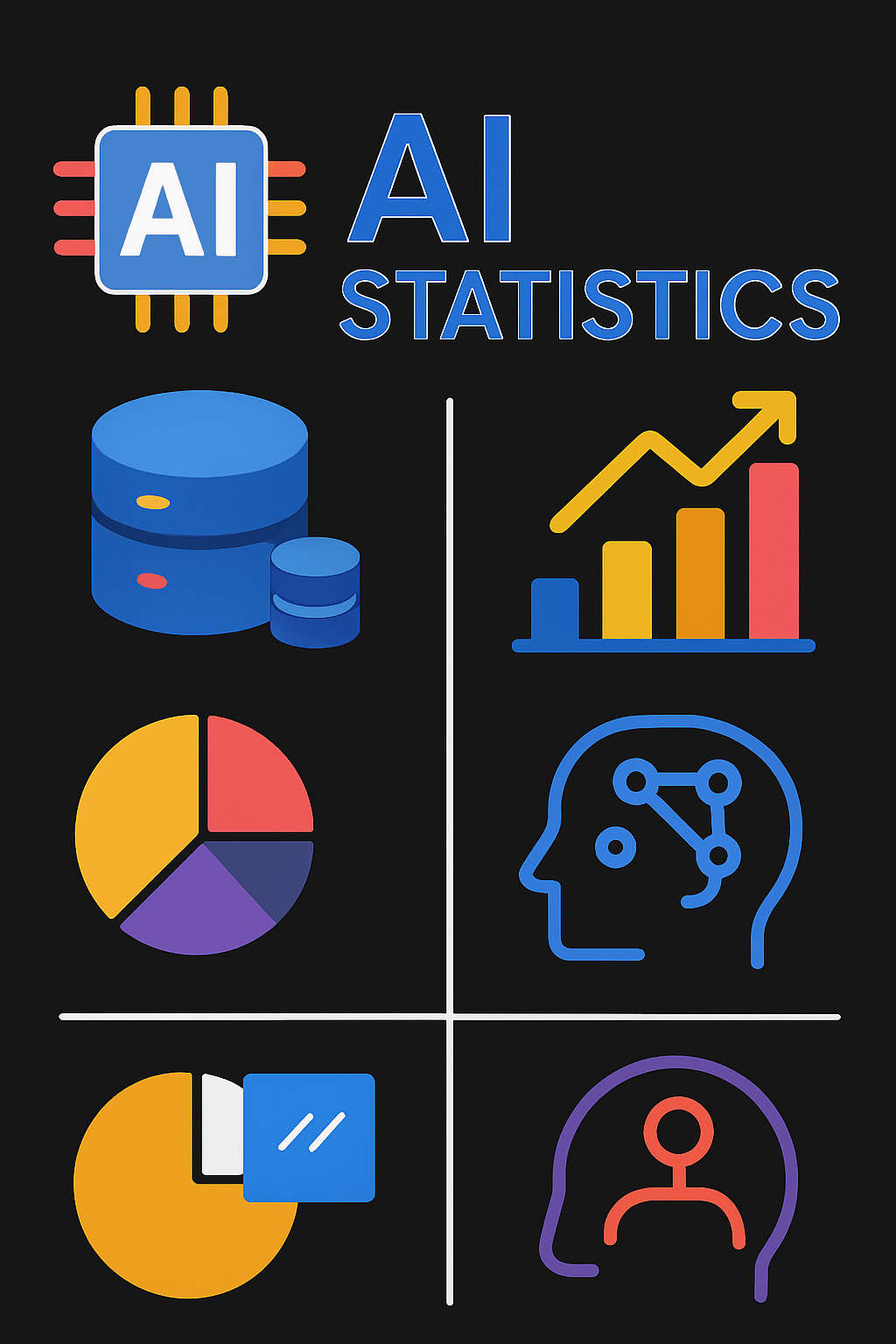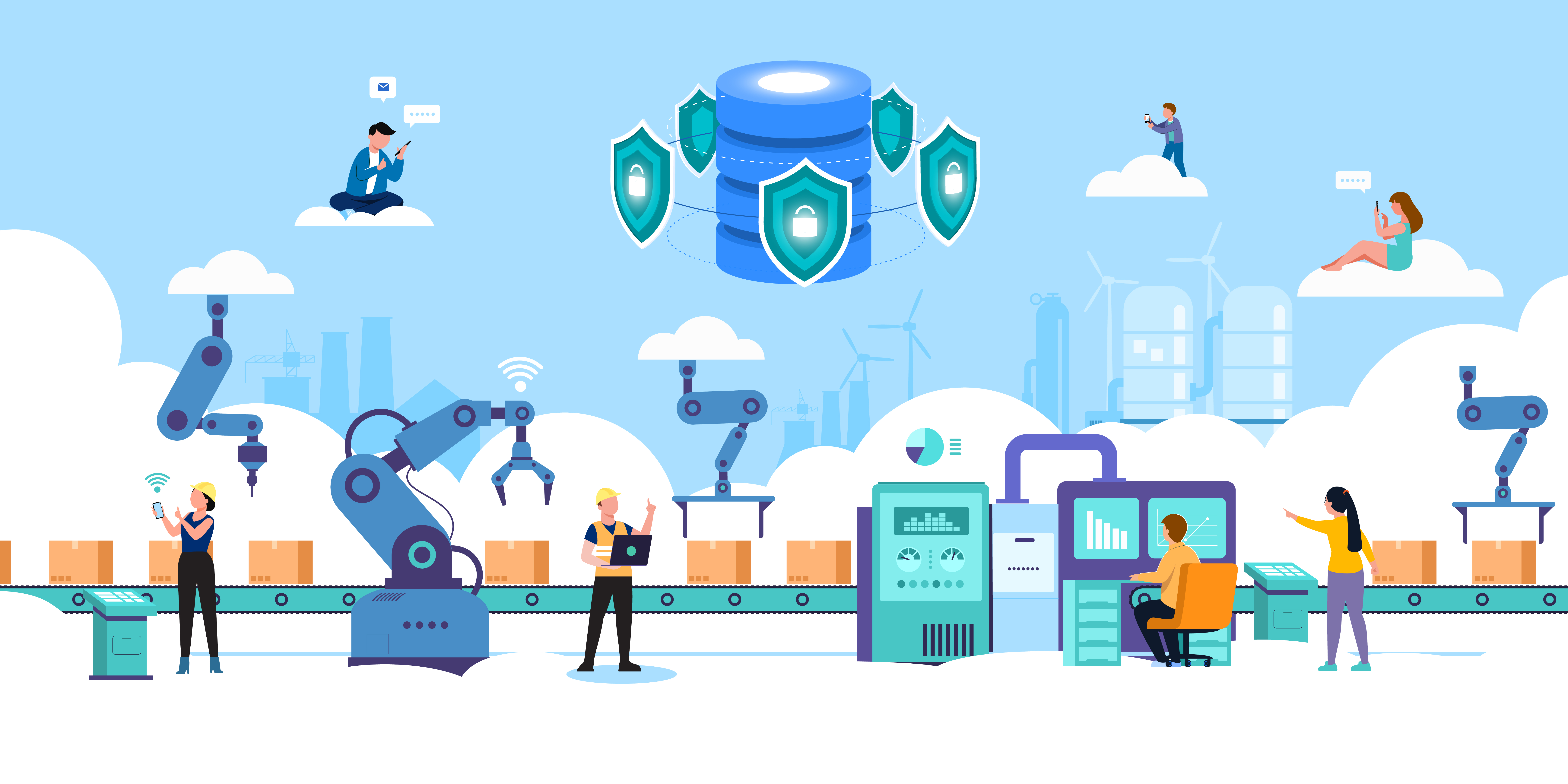How to Choose the Right LLM Solution?: Key Considerations for Business Decision-Makers

Strong 8k brings an ultra-HD IPTV experience to your living room and your pocket.
Large Language Models (LLMs) have become an integral part of modern AI strategies, enabling businesses to automate tasks, generate human-like text, enhance customer service, and even summarize complex documents in seconds. With so many LLM-based platforms and solutions entering the market, selecting the right one for your organization isn't just about technical specs—it’s a strategic decision that can significantly influence scalability, data security, and ROI.
Before investing time and resources, it’s important to evaluate LLM solutions through a comprehensive lens—balancing performance, customization, cost-efficiency, and ethical considerations. Here’s a deep dive into what to look for while choosing an LLM solution that aligns with your business goals and delivers long-term value.
1. Define the Use Case Before the Tool
Every successful LLM integration starts with a clearly defined use case. Whether it's automating customer queries, building a knowledge assistant, content summarization, sentiment analysis, or powering internal copilots for developers—your choice of model and platform should reflect the complexity, scale, and real-time requirements of the task.
- Evaluate the nature of the problem:
- Does it require domain-specific knowledge?
- Is high accuracy critical, or is speed more important?
- Do you need multilingual support or code generation capabilities?
- Understanding the scope ensures that you don’t over-engineer a solution or select a model that’s underpowered for your needs.
2. Open-Source vs. Proprietary: Know What You’re Getting Into
You’ll often find yourself choosing between open-source LLMs (like Meta’s LLaMA, Mistral, or Falcon) and proprietary solutions (like OpenAI’s GPT, Google’s Gemini, or Anthropic’s Claude). Both have pros and cons.
- Open-source models offer:
- Greater control over fine-tuning and deployment
- No vendor lock-in
- Better data privacy (if deployed on-prem or VPC)
Proprietary models, on the other hand:
- Usually outperform open models in zero-shot or few-shot tasks
- Offer ease of use via APIs and SaaS platforms
- Provide robust support and documentation
Choose based on your organization’s maturity, internal AI talent, and how critical the task is to your core business functions.
3. Data Privacy and Compliance Are Non-Negotiable
If your LLM will process personally identifiable information (PII), intellectual property, or any sensitive business data, data security and compliance should be front and center. Ask the following:
- Does the solution support on-prem or private cloud deployment?
- What is the data retention policy?
- Is the model GDPR, HIPAA, or SOC 2 compliant?
- Is customer data used for further model training?
Privacy-sensitive industries like healthcare, legal, or finance must be especially vigilant when using hosted APIs, as data could be stored or inadvertently used for training unless explicitly restricted.
4. Fine-Tuning and Customization Capabilities
One of the biggest differentiators in LLMs is how well they can be adapted to your domain. A model that performs great on general tasks might fall short in niche contexts like legal writing, medical diagnosis, or supply chain forecasting.
Look for models that support:
- Fine-tuning with your domain-specific data
- Prompt engineering flexibility
- Embedding integration with knowledge bases (RAG pipelines)
Custom AI solutions tailored to your organization’s vocabulary, tone, and knowledge corpus will deliver far better results than generic, out-of-the-box tools. In fact, many top-tier businesses are now building private LLM stacks to maintain competitive advantages in their respective sectors.
5. Inference Cost and Performance at Scale
Cost doesn’t just refer to licensing or subscription—it includes the cost of inference (every prompt you run), compute resources, and infrastructure required to support the model. Especially for high-volume applications, inference cost can quickly spiral out of control.
Consider these factors:
- Token pricing for proprietary APIs
- GPU/TPU resource requirements for local deployment
- Latency under load (important for real-time applications)
- Support for quantized models for edge or mobile inference
It’s crucial to benchmark both performance and cost efficiency under your actual workload before committing.
6. Evaluation Metrics and Benchmarks
Don’t just rely on marketing claims. Ask for (or conduct) quantitative evaluations of the model’s capabilities. Useful metrics include:
- Perplexity for language fluency
- Accuracy for classification or summarization tasks
- BLEU/ROUGE scores for translation or content generation
- Latency and throughput for performance
- Hallucination rates (how often the model generates incorrect or misleading information)
You can also test with domain-specific benchmark datasets. For instance, legal firms might use the LexGLUE benchmark, while medical applications may rely on MedQA.
7. Integration Flexibility with Existing Systems
The value of an LLM multiplies when it seamlessly integrates with your existing tech stack—whether that’s your CRM, ERP, data warehouse, or cloud infrastructure.
Look for:
- Pre-built SDKs or APIs
- Plugins for tools like Slack, Salesforce, or SharePoint
- Support for orchestration frameworks (LangChain, LlamaIndex, Semantic Kernel)
- Compatibility with RESTful or GraphQL interfaces
- Webhooks or event-driven architecture
- Low integration overhead helps you deploy faster and extract ROI sooner.
8. Governance, Transparency, and Ethical AI Practices
The AI you use reflects your brand. LLMs can sometimes generate biased, toxic, or legally risky outputs. Responsible AI development must include:
- Guardrails to detect and mitigate harmful content
- Transparent model behavior reporting
- Audit logs for model interactions
- Bias detection tools
- Explainability options
Vendors that emphasize explainable AI (XAI), offer transparency in their training datasets, and have strong policies on fairness and accountability are a safer bet in the long run.
9. Support, Documentation, and Community Ecosystem
Even the best models are useless without the right support. Assess the maturity of the ecosystem:
- Is the documentation clear, detailed, and up to date?
- Are there active developer communities or forums?
- Is enterprise-level support available with SLAs?
- How often is the model updated or retrained?
- Are training and certification resources available?
Strong community and vendor support make adoption and troubleshooting significantly easier, especially during the initial integration phase.
10. Future-Proofing and Vendor Roadmap
The LLM landscape is evolving at an astonishing pace. What looks state-of-the-art today might be outdated in six months. Ask your vendor:
- How often are models upgraded?
- Are multimodal capabilities (vision, speech, code) on the roadmap?
- Is there support for newer architectures like Mixture-of-Experts or sparse models?
- What’s the plan for model alignment and continual learning?
Choosing a solution from a forward-thinking vendor reduces the risk of vendor lock-in and technological stagnation.
Final Thoughts
Choosing the right LLM solution isn’t a one-size-fits-all decision. It requires a blend of technical evaluation, strategic alignment, risk assessment, and long-term vision. By focusing on real use cases, customization needs, cost implications, and ethical considerations, you can unlock the true potential of LLMs to transform your workflows and accelerate innovation.
Organizations exploring AI at scale often lean toward custom AI solutions that blend fine-tuned LLMs with proprietary data sources and domain knowledge. These tailored deployments not only improve accuracy but also offer better security, governance, and brand alignment—key factors in today’s competitive AI landscape.
Invest wisely, test thoroughly, and ensure the solution you choose today can evolve with the challenges and opportunities of tomorrow.
Note: IndiBlogHub features both user-submitted and editorial content. We do not verify third-party contributions. Read our Disclaimer and Privacy Policyfor details.







